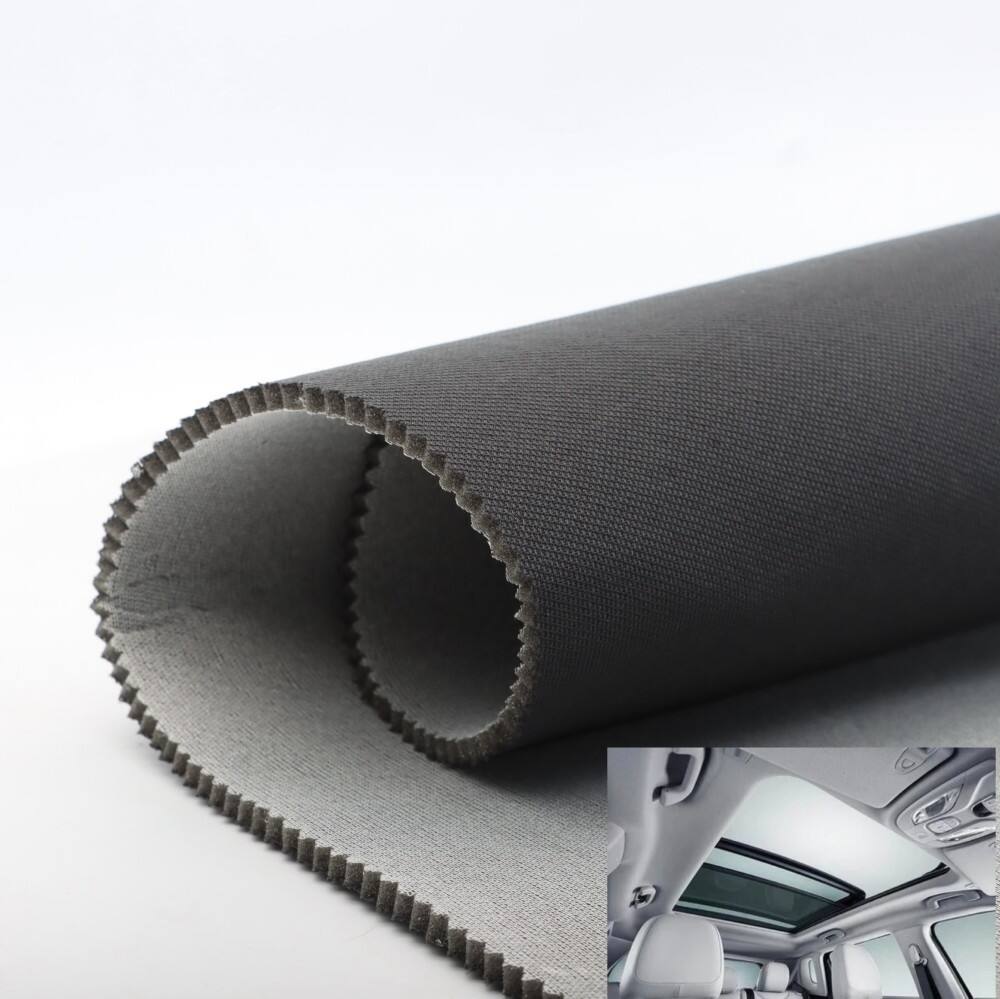The automotive industry is accelerating innovation in foam fabric technologies to meet rising consumer demands for premium comfort, eco-conscious materials, and enhanced cabin experiences. From luxury EVs to mainstream models, smart foam integrations are transforming seats, headliners, armrests, and door panels — merging functionality with aesthetic appeal.
Key Innovations Driving Adoption:
1. Multi-Density Comfort Engineering
- Layered foam systems (e.g., soft top + resilient base) in seats provide adaptive support during long drives. High-resilience (HR) foams with 40–60% faster recovery reduce "seat fatigue" and maintain shape integrity over years of use.
2. Sustainable Material Shifts
- Recycled Content: Seat cushions using 30–50% post-consumer recycled (PCR) polyurethane foams align with OEM carbon neutrality goals.
- Bio-Based Foams: Soy/castor-oil polyols replace petroleum derivatives, cutting CO₂ emissions by ~20% (per Ford Sustainability Report).
- Lightweighting: Microcellular foams trim seat weight by 15–25%, extending EV range.
3. Functional Integration
- Ventilated Surfaces: 3D-molded foam fabrics with integrated airflow channels enable "smart cooling" seats.
- Acoustic Management: Sound-absorbing foam laminates reduce cabin noise by 3–5 dB.
- Haptic Feedback: Pressure-sensitive foams in steering wheels enhance driver-assist alerts.
"Today’s car buyers prioritize cabin well-being as much as horsepower. Advanced foams deliver the silent, sensory-rich interiors that define premium brands," observes Kenji Tanaka, Lead Materials Engineer at a top-tier Japanese automaker.

Regulatory & Market Forces:
- Flammability Compliance: Foams meet FMVSS 302/ECE R118 fire-resistance standards.
- VOC Reduction: Ultra-low-emission foams (< 50 µg/g) address indoor air quality regulations (China GB/T 27630, EU ECO-Label).
- Consumer Demand: 68% of buyers rank "seat comfort" as a top-3 purchase factor (J.D. Power 2024).

Future Outlook:
Expect growth in self-healing foams for scratch-resistant surfaces, phase-change foam for temperature regulation, and recyclable mono-material foam-textile composites aligning with EU ELV directives.